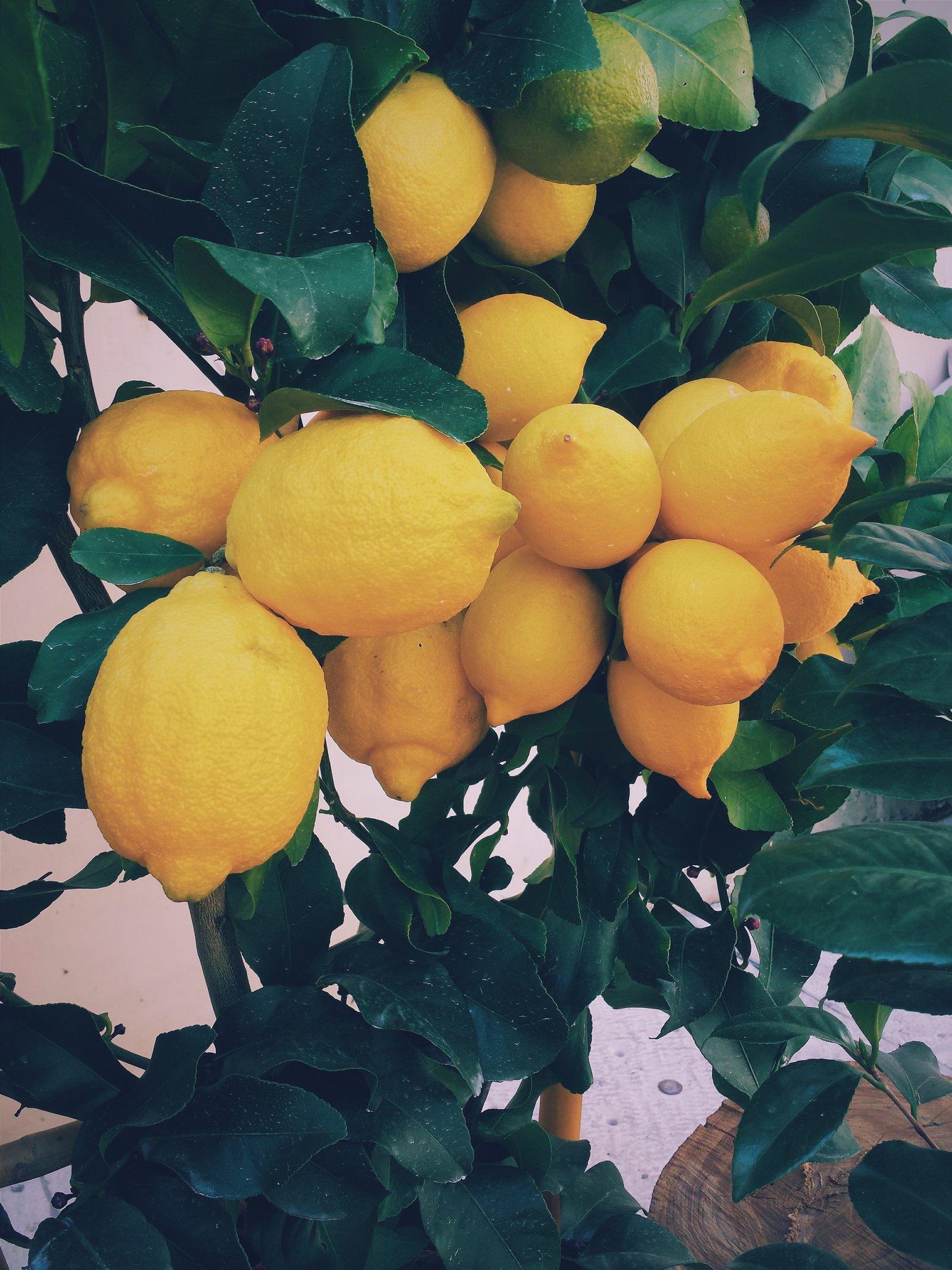The final of the three High Holy days of the Jewish calendar is approaching: Sukkot, a Jewish harvest festival. Here, Doreen Samuels, co-chair of our Harrow Nisa-Nashim group, shares with us her family’s traditions and some of the challenges that British weather poses for this festival:
“‘There’s a tiny house
With a roof of leaves
And there we sit
Even if we freeze.
And there we eat,
And there we sleep as well.
For, when the Jews lived in the desert,
They all lived in houses just like these …’
This parody of a Max Bygraves’ song sums up beautifully how Sukkot is celebrated in the UK!
Sukkot is one of the three Harvest Festivals – the others are Pesach (Passover) and Shavuot (Pentecost). Unlike those two, it comes immediately after two really intense Festivals, Rosh Hashanah and Yom Kippur, as described by Caroline and Vicki. Many families have the custom, as soon as they have broken the Fast of Yom Kippur, to make at least a symbolic start to putting up the Sukkah – that ‘Little House with the roof of leaves’ which will be our ‘home’ for the eight days of Sukkot. This impermanent dwelling does have a roof which is open to the elements – through its woven branches, one must be able to see the stars.
The sukkah is always decorated – often with drawings and decorations the children make at school and at home. Fruit and vegetables, real or imitation, are hung from the roof, representing the seven species of the land of Israel which used to be traditionally grown there. Sometimes, the look is very ‘designer’ with a colour scheme reflected in the commercially produced posters and pictures, professionally produced decorations, and stylish lighting!
In the UK, Sukkot always occurs between the end of September and the middle of October. We could be lucky; it could be a warm and dry beginning to autumn. But many of us have memories of sitting in the cold, wrapped in layers and layers of clothes and even blankets, with delicious hot food to keep us warm! Traditionally, in the Eastern European (Ashkenazi) strand of Judaism, Holishkes, or cabbage leaves stuffed with a delicious mixture of minced meat and rice cooked in a tomato sauce are a Sukkot delicacy.
Sometimes, when it rains, we are unable to use our Sukkah and feel very sad to eat inside, waiting and watching for the rain to stop so that we can go out again. Often the decorations are casualties of the rain and wind; in the great storm of 1987, our protective, removable roof which was very heavy, disappeared! We feared that it may have blown down the street and caused damage, but luckily, it had just blown down against the wall behind the Sukkah.
By contrast, Sukkot in Israel is at the time when the worst heat of summer is usually over (though my husband has been known to refuse to eat in the Sukkah at midday as it was too hot!) and it is a joy to eat outdoors. There too, it can be windy, and we have to tie the Sukkah down, after some disasters.
Wherever we are, Sukkot is one of the favourite Festivals for children, full of unusual sights, smells and textures. Indeed, another name for Sukkot is ‘Zeman Simchatenu – the Time of our Rejoicing’. Another very important symbol is the Four Species, a ‘bundle’ of three different kinds of branches, willow, myrtle and palm, which are held in one hand, together with a unique fruit which looks like a bumpy lemon with an amazing smell, but which is an ‘etrog’ or ‘citron’. This bundle has its own rituals, and to see all the men parading around the synagogue holding a set, which is colloquially known as a ‘lulav and etrog’, is another traditional memory.
One of the many reasons for ‘dwelling’ in a Sukkah is to remind us that not all live in warm, comfortable homes and so to sensitise us to the suffering of others. Judaism, like Islam, is predicated on a constant exhortation to help those less fortunate than ourselves.
Having a Sukkah is something of a privilege and we want to share the joy, so much entertaining is undertaken. Most synagogues have their own, as do many Jewish schools, and the community make good use of it. But we also love to entertain at home. Each day we formally ‘invite in’ another Biblical figure in addition to our newer guests. Some families make a tradition of asking family members and guests to suggest a guest for their Sukkah, and to explain why they would invite that person.
In some families, studying Jewish texts and sleeping in the Sukkah are also components of their enjoyment of the Festival, though we restrict ours to entertaining.
For many years now we have enjoyed Sukkot in Israel, and have evolved a custom of entertaining a huge crowd to lunch on the last day of Sukkot, reviving an old custom of ‘Saying Goodbye to the Sukkah’. This year we shall be in the UK, and many friends have asked plaintively ‘But who will do the Goodbye to the Sukkah lunch?’! However, I now have the opportunity to host friends old and new for a Nisa-Nashim celebration in the Sukkah – can’t wait!”

